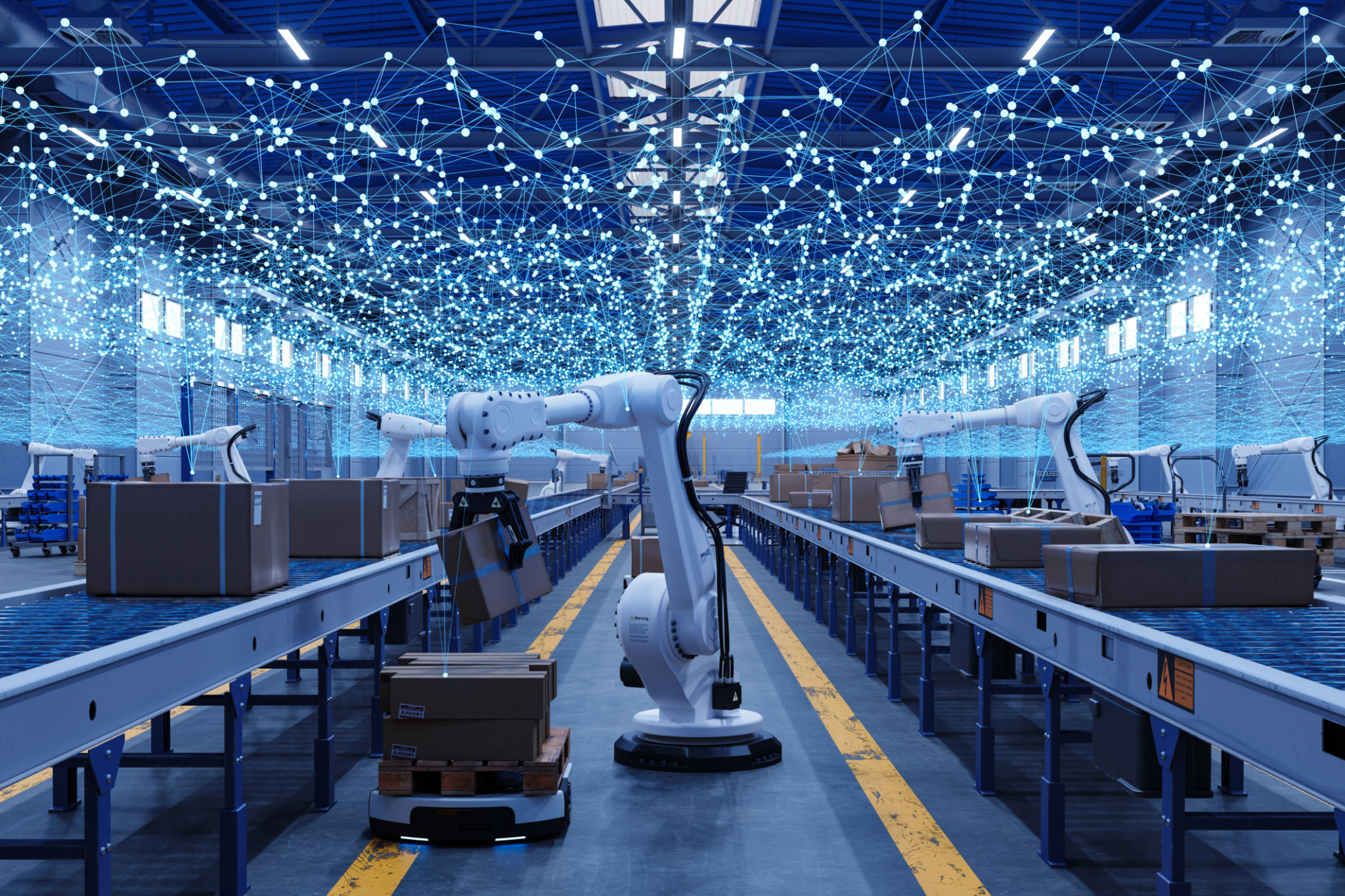How to Optimize Your Building Automation System in Denver's Unique Climate
Understanding Denver's Climate
Denver's climate is unique, characterized by its high altitude, dry air, and significant temperature fluctuations. These factors can create challenges when optimizing building automation systems (BAS) to ensure energy efficiency and occupant comfort. By understanding these climatic conditions, building managers can better tailor their systems to respond effectively.

The cold winters and hot summers require a BAS that can transition seamlessly between heating and cooling modes. Moreover, the dry air prevalent in the region often necessitates additional humidity control to maintain indoor air quality. Properly calibrating these systems not only enhances comfort but also extends the lifespan of building equipment.
Maximizing Energy Efficiency
Energy efficiency is a top priority for any BAS, and it's crucial in Denver where energy costs can fluctuate with the changing seasons. Start by ensuring that your BAS is programmed to optimize energy use, such as adjusting temperature setpoints based on occupancy and time of day.

Consider integrating advanced features like demand-controlled ventilation, which adjusts airflow based on occupancy levels. This can significantly reduce energy usage during off-peak hours. Additionally, utilizing weather forecasting data can help your system anticipate temperature changes and adjust settings proactively.
Regular Maintenance and Upgrades
Regular maintenance is essential to keep your BAS running efficiently. Schedule routine inspections and calibrations to ensure all sensors and controls are functioning correctly. Upgrading outdated components can also lead to improved performance and energy savings.
- Inspect sensors and controls regularly.
- Calibrate equipment for optimal performance.
- Upgrade outdated software and hardware components.
Leveraging Technology for Better Control
The integration of smart technology into BAS offers enhanced control and monitoring capabilities. Smart thermostats, for instance, can learn occupancy patterns and adapt heating and cooling schedules accordingly. Remote monitoring allows facility managers to oversee operations from anywhere, ensuring swift response to any issues.

Moreover, advanced analytics tools can provide insights into energy consumption patterns and identify opportunities for further optimization. By leveraging these technologies, building managers can achieve greater efficiency and comfort while reducing operational costs.
Considerations for Air Quality
Given Denver's dry climate, maintaining indoor air quality is a crucial aspect of BAS optimization. Implementing humidification controls can help manage the dry air, reducing respiratory discomfort among occupants. Additionally, air filtration systems should be regularly checked and maintained to ensure they are effectively removing pollutants.
- Install humidifiers to combat dry air.
- Regularly check air filters for efficiency.
- Monitor indoor air quality metrics consistently.
Conclusion
Optimizing your building automation system in Denver's unique climate requires a strategic approach that considers the region's specific challenges. By focusing on energy efficiency, regular maintenance, leveraging smart technologies, and prioritizing air quality, you can ensure that your BAS delivers optimal performance and comfort throughout the year. Through these efforts, building managers can create sustainable environments that benefit both occupants and the bottom line.
